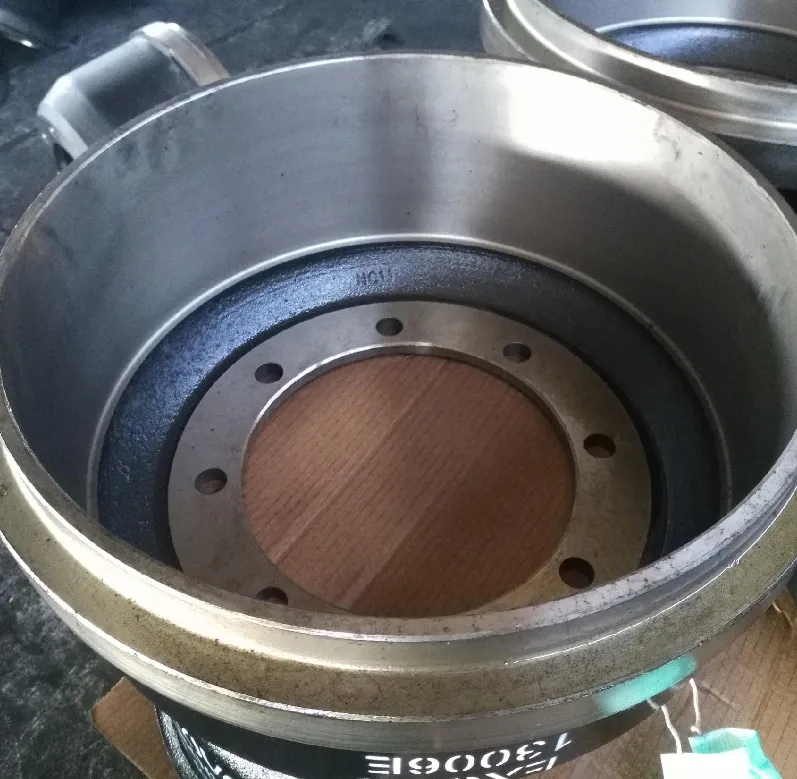
-
 Afrikaans
Afrikaans -
 Albanian
Albanian -
 Amharic
Amharic -
 Arabic
Arabic -
 Armenian
Armenian -
 Azerbaijani
Azerbaijani -
 Basque
Basque -
 Belarusian
Belarusian -
 Bengali
Bengali -
 Bosnian
Bosnian -
 Bulgarian
Bulgarian -
 Catalan
Catalan -
 Cebuano
Cebuano -
 Corsican
Corsican -
 Croatian
Croatian -
 Czech
Czech -
 Danish
Danish -
 Dutch
Dutch -
 English
English -
 Esperanto
Esperanto -
 Estonian
Estonian -
 Finnish
Finnish -
 French
French -
 Frisian
Frisian -
 Galician
Galician -
 Georgian
Georgian -
 German
German -
 Greek
Greek -
 Gujarati
Gujarati -
 Haitian Creole
Haitian Creole -
 hausa
hausa -
 hawaiian
hawaiian -
 Hebrew
Hebrew -
 Hindi
Hindi -
 Miao
Miao -
 Hungarian
Hungarian -
 Icelandic
Icelandic -
 igbo
igbo -
 Indonesian
Indonesian -
 irish
irish -
 Italian
Italian -
 Japanese
Japanese -
 Javanese
Javanese -
 Kannada
Kannada -
 kazakh
kazakh -
 Khmer
Khmer -
 Rwandese
Rwandese -
 Korean
Korean -
 Kurdish
Kurdish -
 Kyrgyz
Kyrgyz -
 Lao
Lao -
 Latin
Latin -
 Latvian
Latvian -
 Lithuanian
Lithuanian -
 Luxembourgish
Luxembourgish -
 Macedonian
Macedonian -
 Malgashi
Malgashi -
 Malay
Malay -
 Malayalam
Malayalam -
 Maltese
Maltese -
 Maori
Maori -
 Marathi
Marathi -
 Mongolian
Mongolian -
 Myanmar
Myanmar -
 Nepali
Nepali -
 Norwegian
Norwegian -
 Norwegian
Norwegian -
 Occitan
Occitan -
 Pashto
Pashto -
 Persian
Persian -
 Polish
Polish -
 Portuguese
Portuguese -
 Punjabi
Punjabi -
 Romanian
Romanian -
 Russian
Russian -
 Samoan
Samoan -
 Scottish Gaelic
Scottish Gaelic -
 Serbian
Serbian -
 Sesotho
Sesotho -
 Shona
Shona -
 Sindhi
Sindhi -
 Sinhala
Sinhala -
 Slovak
Slovak -
 Slovenian
Slovenian -
 Somali
Somali -
 Spanish
Spanish -
 Sundanese
Sundanese -
 Swahili
Swahili -
 Swedish
Swedish -
 Tagalog
Tagalog -
 Tajik
Tajik -
 Tamil
Tamil -
 Tatar
Tatar -
 Telugu
Telugu -
 Thai
Thai -
 Turkish
Turkish -
 Turkmen
Turkmen -
 Ukrainian
Ukrainian -
 Urdu
Urdu -
 Uighur
Uighur -
 Uzbek
Uzbek -
 Vietnamese
Vietnamese -
 Welsh
Welsh -
 Bantu
Bantu -
 Yiddish
Yiddish -
 Yoruba
Yoruba -
 Zulu
Zulu
how much drag should drum brakes have
Understanding Drag in Drum Brakes How Much Is Ideal?
Drum brakes, a common type of braking system used in vehicles, play a crucial role in safe and effective stopping. One important aspect of their design and function is the concept of drag. But how much drag should drum brakes have, and why does it matter?
The Nature of Drag in Drum Brakes
Drag in drum brakes refers to the resistance that the brake shoes experience when they are in contact with the drum. This resistance is essential for ensuring that the brake system can engage effectively when the driver presses the brake pedal. However, too much drag can lead to performance issues, while too little drag can compromise safety.
Ideal Drag Levels
The ideal amount of drag for drum brakes is characterized by a balance between effective braking performance and minimal resistance when the brakes are not engaged. Generally, a slight amount of drag is necessary. This ensures that the brake shoes maintain contact with the drum, which helps to prevent moisture and dirt accumulation that can lead to decreased performance.
Typically, the recommended drag for drum brakes falls within a range of 0.002 to 0.005 inches of clearance between the brake shoes and the drum when the brakes are not applied. This range enables the brake system to function effectively without causing excessive wear on the components or unnecessary heat buildup.
Consequences of Too Much Drag
how much drag should drum brakes have

Excessive drag in drum brakes can lead to numerous issues. One of the primary concerns is overheating. When brakes drag excessively, they generate more heat than usual, which can lead to brake fade—an effect where the brakes lose their effectiveness due to overheating. Overheating can also cause premature wear on the brake shoes and drum, increasing maintenance costs over time.
In addition to wear and tear, excessive drag can impact fuel efficiency. The resistance created by dragging brakes can lead to increased engine load, resulting in higher fuel consumption. This is particularly impactful in city driving, where frequent braking occurs.
Consequences of Too Little Drag
On the opposite end of the spectrum, too little drag can cause issues with brake responsiveness. If the brake shoes do not maintain necessary contact with the drum, they may fail to provide adequate stopping power when needed. This can result in longer stopping distances and a significantly increased risk of accidents.
Moreover, inadequate drag may allow for moisture and debris to accumulate within the drum assembly, leading to rust and corrosion, which can severely compromise brake performance.
Conclusion
Maintaining the proper amount of drag in drum brakes is crucial for ensuring optimal vehicle performance and safety. Vehicle owners should regularly inspect and adjust their drum brake systems to ensure that they remain within the ideal drag range. By prioritizing proper maintenance, drivers can ensure their braking systems function efficiently, enhancing both safety and longevity while minimizing repair costs. Proper attention to drag in drum brakes can ultimately lead to a more reliable and enjoyable driving experience.
-
What Are Drum BrakesNewsJul.07,2025
-
Understanding Brake Drum MaterialNewsJul.07,2025
-
Semi-Trailer Brake Drum: A Key Component for Extreme Loads and Long-Distance TransportNewsJul.07,2025
-
Drum Brake Pads for SaleNewsJul.07,2025
-
Brake Drums for SaleNewsJul.07,2025
-
Brake Drum ManufacturerNewsJul.07,2025
-
Aluminum Brake Drums: The Future of High-Performance CarsNewsJul.07,2025
